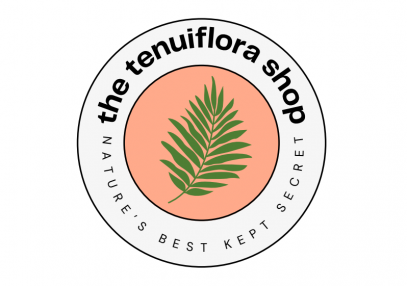
By João Medeiros – Mimosa tenuifloraUploaded by pixeltoo, CC BY 2.0,
Image Source: Wikimedia Commons
In the growing world of handmade soap, creativity and natural ingredients reign supreme. Artisans everywhere are seeking ways to make their bars not only beautiful but also beneficial to the skin. One surprising botanical has quietly become a favorite for both its aesthetic and functional value: mimosa hostilis. Though commonly associated with natural dyeing, this incredible root bark is carving out a place in soap studios across the globe.
If you’re looking to elevate your handmade soap game, keep reading — because mimosa hostilis soap making is far more exciting than you might expect.
What Makes Mimosa Hostilis Special in Soap Making
Mimosa hostilis root bark (sometimes referred to as mimosa tenuiflora) is harvested from a hardy tree native to Mexico and Brazil. Traditionally used for its soothing and regenerative properties, it has been revered in herbal medicine for generations. Recently, soap makers have discovered that its benefits go beyond wellness and extend into the artistic process of soap crafting.
Here’s why mimosa hostilis is winning over artisan soap makers:
- Natural Color: Adds soft pink to deep purple hues to soap, depending on usage.
- Skin Benefits: Traditionally used to soothe skin and promote regeneration.
- Plant-Based Appeal: Aligns perfectly with the clean beauty movement.
When added to soap, mimosa hostilis root bark powder infuses bars with not just color, but a rustic, handcrafted look that appeals to natural product lovers.
How Mimosa Hostilis Enhances Soap Naturally
For soap makers who aim to avoid synthetic dyes, mimosa hostilis is a game changer. Its natural pigments create stunning, earthy tones without compromising purity.
Depending on your soap formula and pH level, you can achieve:
- Soft blush pinks
- Deep mauves and purples
- Neutral earthy tones for rustic aesthetics
These shades work beautifully for facial bars, botanical gift soaps, and artisan collections that emphasize natural living.
Additionally, the tannins and compounds in mimosa hostilis offer gentle exfoliation and may help soothe irritated or dry skin. While not a replacement for medicinal skincare, it is a valuable addition to natural soap blends.
Best Methods to Use Mimosa Hostilis in Soap Making
There are several ways to incorporate mimosa hostilis root bark powder into your soap recipes depending on your goals.
1. As a Natural Colorant
Add powdered mimosa hostilis directly to your oils or trace to create rich swirls or uniformly colored bars. Start with small amounts (around 1 tsp per pound of soap) and test for color intensity.
2. Infused Oil
For subtler tones and even distribution, infuse the powder into a carrier oil (such as olive or sunflower oil) for 2-4 weeks. Strain before adding the infused oil to your soap base.
3. Decorative Dusting
For textured designs, sprinkle the powder lightly on top of molded soap before it hardens. This creates a rustic, botanical finish.
Example Recipe: Botanical Artisan Soap with Mimosa Hostilis
Ingredients:
- 16 oz olive oil
- 8 oz coconut oil
- 4 oz shea butter
- 8 oz distilled water
- 3 oz lye (sodium hydroxide)
- 2 tsp mimosa hostilis root bark powder
- Optional essential oils (lavender or rose work well)
Instructions:
- Prepare the lye solution carefully and allow it to cool.
- Melt the oils and butters together.
- Combine the lye and oils when they are both around 100°F.
- At light trace, add mimosa hostilis root bark powder.
- Pour into molds and allow to harden for 24-48 hours.
- Cure for 4-6 weeks before use.
Where to Find High-Quality Mimosa Hostilis Root Bark for Soap Making
Not all mimosa hostilis powder is created equal. Soap making requires finely ground, clean bark that is free of contaminants. At Tenuiflora Shop, we provide sustainably harvested and lab-tested mimosa hostilis root bark ideal for soap makers.
Our powder blends easily into soap batches and offers the beautiful natural coloring and skin benefits artisans seek.
External Resource for Botanical Insights
To learn more about the plant’s natural habitat and traditional uses, visit Kew Gardens Plant Profile.
Final Thoughts
Mimosa hostilis soap making is quickly becoming a trend among natural artisans for good reason. From stunning natural hues to subtle skincare benefits, this ancient botanical offers far more than most natural additives. As interest grows in clean beauty and handcrafted skincare, mimosa hostilis proves to be a versatile, eco-friendly option for soap makers who want to offer their customers something authentic and unique.
Ready to create your own artisan bars? Shop premium Mimosa Hostilis root bark powder here and start your next soap making adventure naturally.
Tagged: mimosa hostilis soap making, natural soap ingredients, botanical colorants, handmade soap, artisan soapmaking, plant-based skincare
